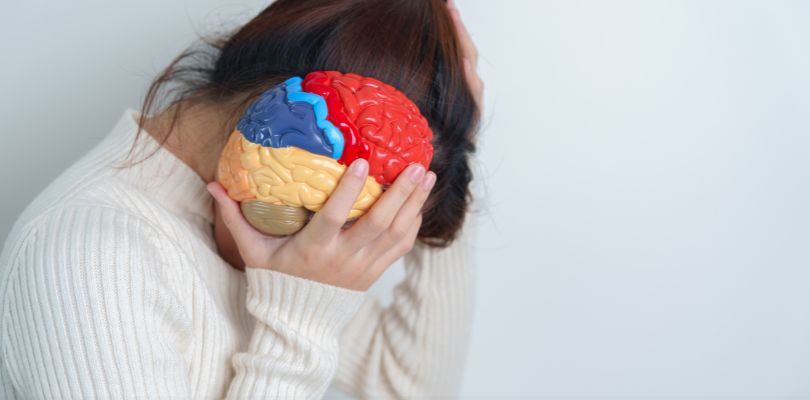Brain Tumor Treatments
These tumors can be cancerous (malignant) or non-cancerous (benign). To help, there's OJEMDA, a medication used in the treatment of brain tumors.
1. OJEMDA
2. Surgery
Surgery is often the first step in treating a brain tumor. The doctor will try to remove as much of the tumor as possible. There are different types of surgery, including:
- Craniotomy: The doctor makes an opening in the skull to reach the tumor. They then remove the tumor or as much of it as possible.
- Biopsy: If the tumor is hard to reach, the doctor may take a small piece of the tumor to test it. This helps determine if the tumor is cancerous or not.
This article will explore signs of a heart attack, looking at 7 symptoms to be aware of. Read on to learn more.
Surgery can help relieve pressure on the brain and reduce symptoms, but it is not always possible to remove the entire tumor.
3. Radiation Therapy
Radiation therapy uses high-energy rays to kill cancer cells or shrink tumors. This treatment is often used after surgery to kill any remaining cancer cells. There are two main types of radiation therapy:
- External beam radiation: This method uses a machine to direct radiation at the tumor from outside the body.
- Stereotactic radiation: This is a more precise form of radiation that targets the tumor while minimizing damage to healthy tissue. It is often used for smaller tumors.
Radiation therapy can cause side effects, like fatigue and skin irritation, but these usually go away after treatment ends.
4. Chemotherapy
Chemotherapy uses strong medicines to kill cancer cells. These medicines can be taken by mouth or injected into a vein. Chemotherapy is often used for brain tumors that are cancerous and have spread.
Some common chemotherapy drugs for brain tumors include temozolomide and carmustine. While chemotherapy can be effective, it may also cause side effects like nausea, hair loss and fatigue.
5. Targeted Therapy
Targeted therapy uses drugs that specifically target cancer cells without harming healthy cells. This treatment can be used for certain types of brain tumors. These drugs work by blocking the signals that help the cancer cells grow and divide.
Targeted therapy can have fewer side effects than traditional chemotherapy, but it is not suitable for all types of brain tumors.
6. Immunotherapy
Immunotherapy helps the body's immune system fight cancer. This treatment encourages the immune system to recognize and attack cancer cells. Some types of immunotherapy are being tested for brain tumors, and early results show promise.
Immunotherapy may cause side effects, such as flu-like symptoms, but it can also lead to long-term remission in some patients.
7. Clinical Trials
Clinical trials are research studies that test new treatments. If you have a brain tumor, you may be eligible to participate in a clinical trial. These trials can offer access to new treatments that are not yet widely available.
Talk to your doctor about whether a clinical trial might be a good option for you.
8. Supportive Care
Supportive care is an important part of brain tumor treatment. This type of care focuses on relieving symptoms and improving quality of life. Supportive care can include:
- Pain management: Medications can help control pain related to the tumor or treatment.
- Physical therapy: This can help improve strength and mobility.
- Counseling: Talking to a counselor or therapist can help with emotional challenges related to a brain tumor diagnosis.
Treating Brain Tumors
If you or a loved one is facing a brain tumor diagnosis, it is essential to discuss treatment options with your doctor. The right treatment will depend on the type of tumor, its location and the overall health of the patient. With advances in medicine, many people with brain tumors can receive effective treatment and improve their quality of life. Early diagnosis and treatment are key, so if you notice any unusual symptoms, such as headaches, changes in vision or seizures, consult a doctor right away.







